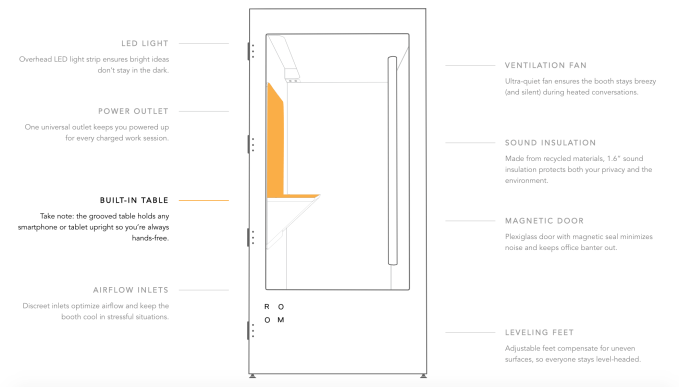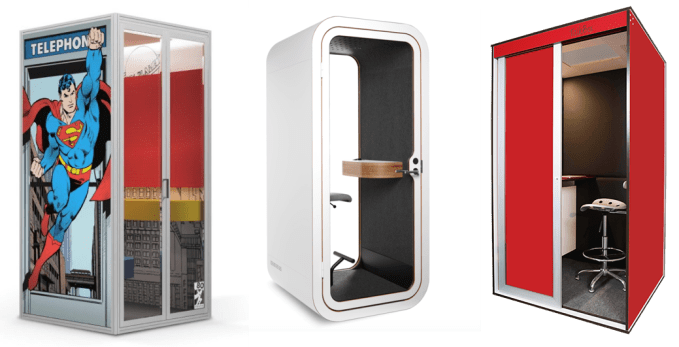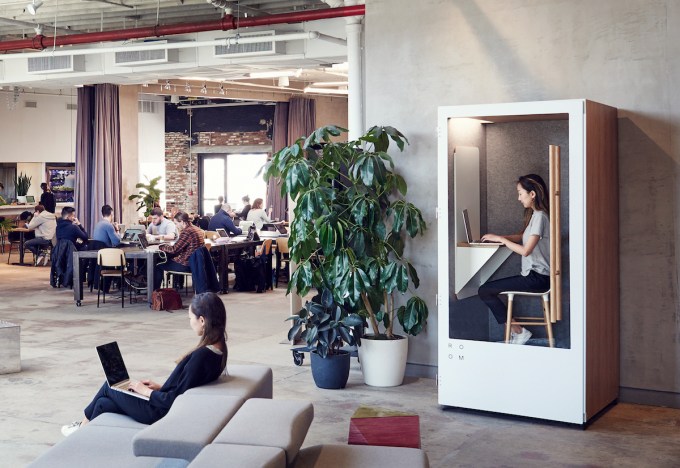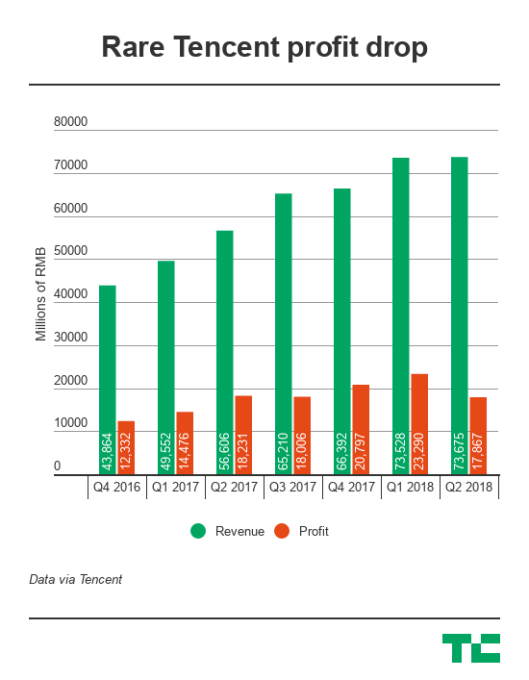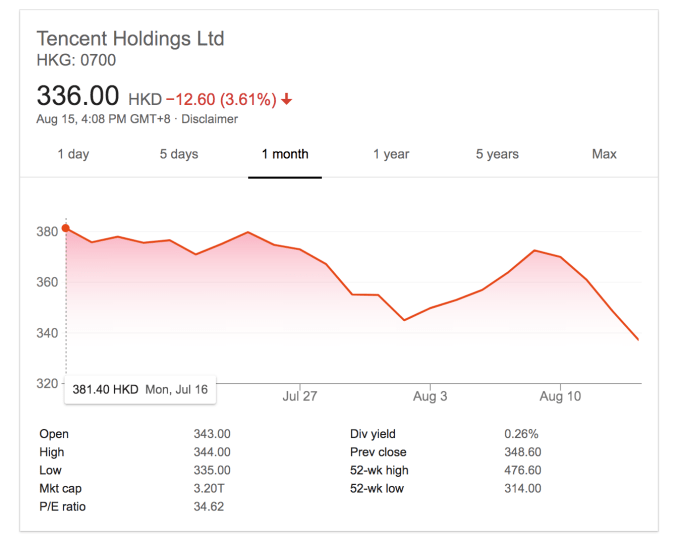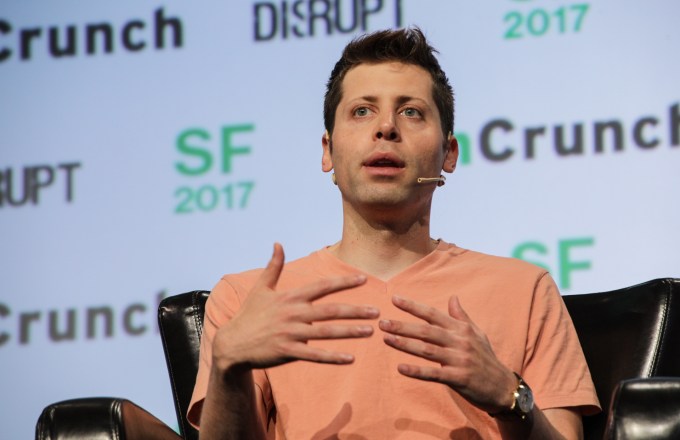It’s a story that any urban millennial can (and will) complain about. You are looking for a non-caffeinated beverage, so you walk into a juice shop only to be shocked at the $13 price point for a couple of apricots and kale mixed in a blender.
Yes, there is an intentional premium signaling going on, but there is also a much deeper challenge that goes all the way back to the ground where that kale came from. Farms are throwing away produce that doesn’t meet the aesthetic standards of grocery stores, and that means perfectly edible and delicious vegetables are completely lost. Some studies show that a majority of all food weight is lost before it even leaves the farm. Yet, there are no easy ways to sell those loose leaves of romain — at least, not yet.
San Francisco-based Full Harvest is building a B2B marketplace that connects large-scale farms with companies like retail juice franchises, who seek excess produce in order to make their products more affordable. The marketplace, which TechCrunch has discussed before, has closed an $8.5m series A round led by Spark Capital, with agriculture-focused venture shop Cultivian Sandbox Ventures joining the round.
Full Harvest is the brainchild of Christine Moseley, who worked for more than a decade in the logistics and food industries, including a stint at retail juice chain Organic Avenue. As she was thinking about potential startups, she learned about the incredible food waste that takes place every day in America.
While spending time at a farm “knee-deep in romaine,” she saw farmers throwing away lettuce that would have been perfect for her former employer. “They were leaving 75% behind on the ground, and after all of those water resources were spent,” Moseley said. For farmers, “they are really dictated by what those big grocery stores are demanding, because consumers are becoming pickier and pickier, so the supermarkets are getting more picky,” she continued.
Full Harvest then is designed to bridge the gap, connecting farms to businesses that don’t need the same aesthetics. The startup focuses on vegetable farms greater than 1000 acres and fruit farms larger than 100 acres and then connects them to customers. The company has developed a set of quality standards to make buying and selling more fluid, and it is focused on “the foundational large-volume items that these food and beverage companies buy,” Moseley said. Today, the company brokers 40 items.
Moseley says that buyers and sellers both need better pricing. For farmers, many of whom are struggling with their own economics, a marketplace allowing them to get some value for produce they are currently throwing away could be a critical source of incremental revenue. For buyers, lower prices could mean cheaper product prices, increasing profits and driving sales to consumers.
Excess produce is the focus of several startups. Imperfect Produce and Hungry Harvest are focused on the B2C market of delivering excess produce straight to consumers. In comparison, Full Harvest doesn’t work with consumers at all, and instead focuses on large commercial buyers.
A series A venture round is by no means uncommon today, but it is rarer for solo founders, rarer still for female founders, and even rarer in the agricultural space. Moseley said that she was “pleasantly surprised” that being a solo female founder in a space like agriculture wasn’t the focus of her investors, and that they instead focused on “execution and market opportunity.” At the start, “It’s a lot to handle on your own,” Moseley said, but “now we are scaling, and it’s gotten very manageable.”
Spark’s John Melas-Kyriazi and Cultivian’s Dan Phillips will join Full Harvest’s board. In addition to the two funds, Jenny Fleiss, Jon Scherr, and Adam Zeplain joined the round along with former seed investor Wireframe Ventures.

